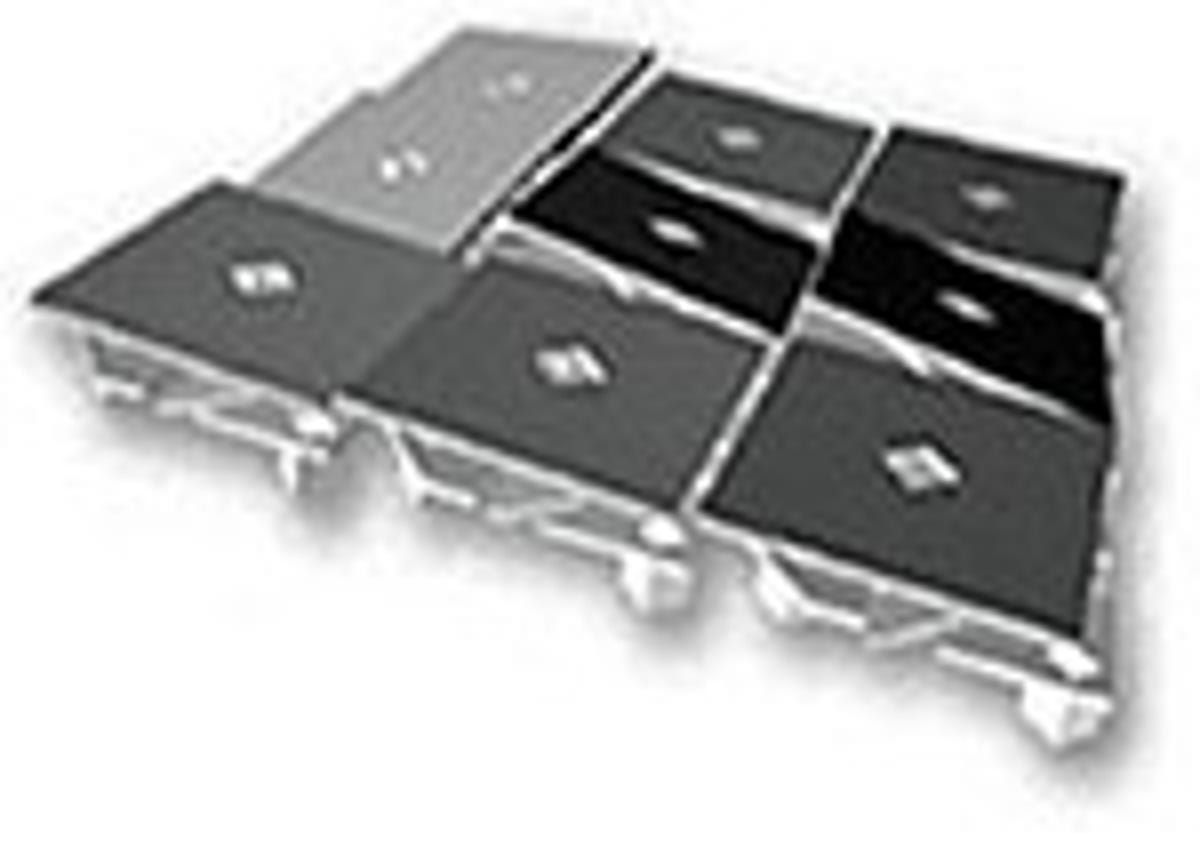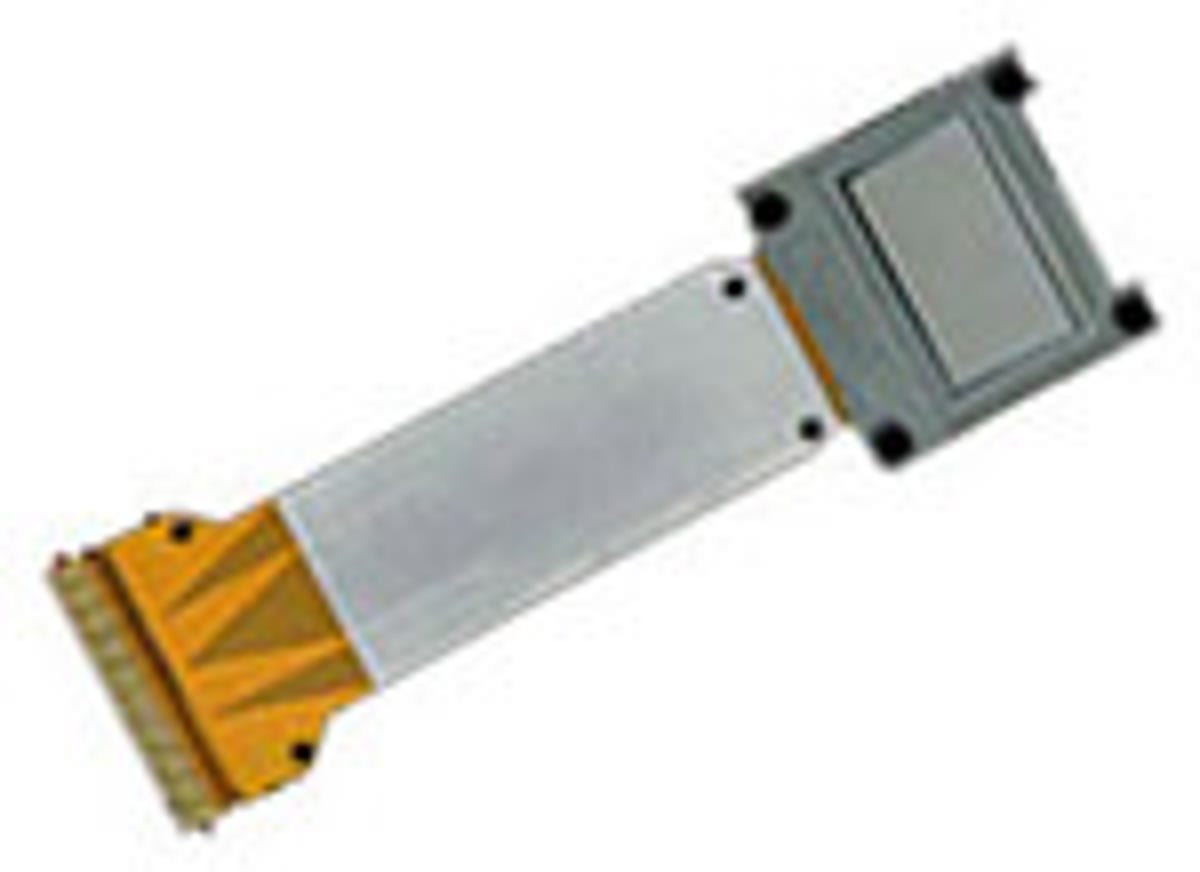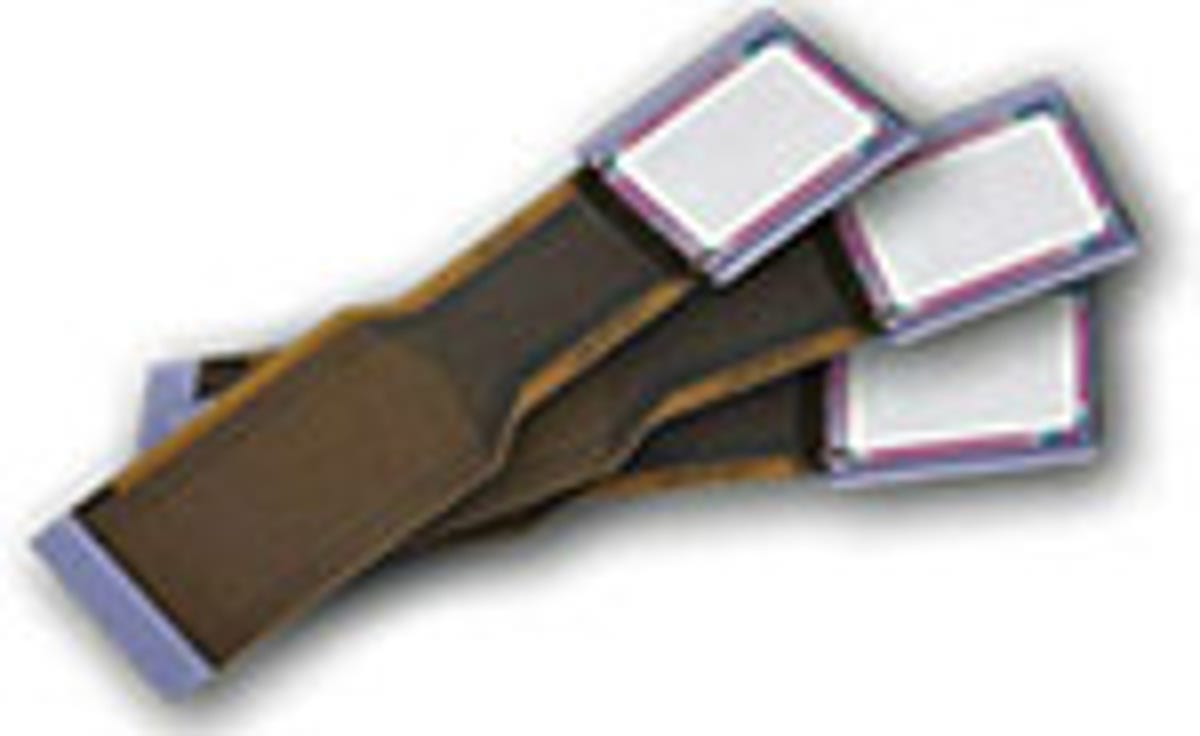Projectors are awesome. Ultrahuge screen, reasonably low price. We’ve reviewed a few here recently that were fantastic. There are three different technologies projectors use to create an image: DLP, LCD, and LCoS (as shown in the image above).
What’s the best? Let’s compare.
First, the abbreviations (cribbed a bit from “Projectors vs. TVs: Giant-screen pros and cons”).


TI
DLP, or digital light processing, uses tiny mirrors (shown at right) to reflect light toward the screen (an “on” pixel) or away (an “off” pixel). Most models use a color wheel — literally a spinning wheel with color filters — to create sequential color. Some high-end models use three DLP chips; one each for red, green, and blue. DLP projectors range in price from a few hundred dollars to tens of thousands, and more. Most projectors in movie theaters use DLP. You can find models from Optoma, BenQ, Mitsubishi, and many others.


3LCD
LCD, which stands for liquid crystal display, is very similar to the technology found in most TVs. LCD projectors use three liquid crystal panels (one shown at right), each tasked with creating an image using just one of the primary colors (red, green, and blue). All three are projected on the screen at once, so you see a full color image. LCD projectors range in price from a few hundred to several thousand dollars, and are available from companies like Epson, Panasonic, and others.


JVC
LCoS, or liquid crystal on silicon, is sort of a hybrid between LCD and DLP. It uses liquid crystal chips with a mirrored backing. So they’re reflective, like DLP, but block light using liquid crystal, like LCDs. Sony and JVC are the primary manufacturers of LCoS projectors, which they call SXRD and D-ILA, respectively. LCoS projectors range in price from a few thousand dollars to a few models that are in the tens-of-thousands range.
As I said in my “LED LCD vs. Plasma vs. LCD” article, what follows are generalizations. Each technology has positives and negatives, and there are good and bad projectors that use each technology.
Lastly, if you’re unsure if projection is right for you, check out the aforementioned “Projectors vs. TVs: Giant-screen pros and cons.”
OK, on to the good, the bad, and the pixels.
Contrast ratio
Winner: LCoS
Loser: DLP
Runner-up: LCD
Contrast ratio is the most important aspect of picture quality. It is the main determinant for how realistic an image looks. Consistently, JVC’s D-ILA projectors have the best contrast ratios of any display I measure over the course of a year. Better even than plasma. Sony’s SXRD comes in second.
LCDs have come a long way in recent years, and some now offer some excellent performance in their own right.
DLP, however, has not. Its native contrast ratio has changed little in the past few years, and has fallen behind LCD and LCoS.
Most projectors have an Auto Iris, which closes to dim the image on dark scenes, and remains open to keep bright scenes bright. While these do improve the apparent contrast ratio somewhat, the higher native contrast ratio of the LCoS projectors still looks better overall. Sometimes the opening and closing is noticeable, but you can turn the auto iris off if you don’t like the effect/result.
For more on this, check out “Contrast ratio (or how every TV manufacturer lies to you).”
Related stories
- The best home theater projectors
- LED LCD vs. plasma vs. LCD
- Why all HDMI cables are the same
- Active 3D vs. passive 3D: What’s better?
- 1080i and 1080p are the same resolution
- TV tech explainer: Every HDTV technology decoded
- Projectors vs. TVs: Giant-screen pros and cons
Black level
Winner: LCoS
Loser: DLP
Runner-up: LCD
I tie this in with contrast ratio. Both JVC and Sony models have a high native contrast ratio, offering deep blacks at the same time as bright whites. Projectors with an iris can do one or the other (and not at the same time).
Light output (brightness)
Winner: LCD and DLP
Loser: LCoS
Runner-up: All?
This is a tough one, as light output varies a lot between projectors. Right now, the two brightest projectors I’ve tested were LCD and DLP. LCoS projectors tend not to be as bright as certain LCD and DLP projectors, but recent LCoS projectors offer more light output than any projector from just a few years ago, so I consider all “adequate” in this regard, with some being more adequate than others.
Color
Winner: Draw
Color accuracy varies a lot per projector. I’ve reviewed projectors with accurate color from all technologies. Best to check reviews to see if the model you’re considering performs well in this regard.
Motion blur
Winner: DLP
Loser: LCD and LCoS
Motion blur, or the softening of the image whenever there’s motion, is a problem with LCD and LCoS displays. Some people aren’t bothered by it, but others notice it. Side-by-side, a DLP projector will look sharper and more detailed during fast motion than an LCD or LCoS projector. This is not enough to offset DLP’s worse contrast ratio performance, though. Many LCD and LCoS projectors have higher refresh rates, just like many LCD TVs. Check out “What is refresh rate?” for more on that.
Rainbows
Winners: LCD and LCoS
Loser: DLP
“Rainbows” are an artifact where it seems bright objects (especially on a dark background) appear to have trails of multicolored light. Three-chip projectors, like LCD, LCoS, and high-end DLP models, don’t have the rainbow artifact. Single-chip DLP projectors, however, create an image using “sequential” color. As in, at any given fraction of a second, there’s just one color on the screen. This is done fast enough that your brain combines it into a full-color image…mostly. Some people are susceptible to “rainbows,” where their brain registers the sequential color. It looks like a rainbow smear, and it’s especially noticeable if you move your eyes rapidly around the screen, or bright moving objects on a dark background (like streetlights). In all the years I’ve been reviewing DLP products, I’ve found that everyone falls into one of three categories:
- People who can see rainbows and are bothered by them.
- People who can see rainbows and are not bothered by them.
- People who can’t see rainbows.
Most people fall in the latter two categories, but if you’re in the first, DLP isn’t right for you. With faster and faster color wheels, and the move toward LED and laser light sources, rainbows are much less apparent than they used to be.
Another option is three-chip DLP projectors, but these are much more expensive than the single-chip varieties, and still don’t have the contrast ratios of LCoS models.
Convergence
Winner: Single-chip DLP
Loser: Three-chip DLP, LCD, LCoS
The chips that create an image in a projector are very small, and even tiny variations in the positions each chip can be visible on screen. These can look like colored edges to white objects or, worst case, a softness. Most three-chip projectors come with convergence adjustments (of varying amounts), but these can’t always totally eliminate convergence errors. Worse, it’s hard to tell from reviews if a projector has good or bad convergence, as it can vary on a per-unit level. That is, the one I review could be perfect, but yours got tossed off the back of a truck and is terrible. Single-chip DLP projectors, of course, don’t have convergence problems because there’s nothing to converge.
Bottom line
As I said at the top of this piece, there are good and bad projectors based on each technology. Of the models CNET has recently reviewed, two LCoS models (Sony and JVC), an LCD model (Epson), and a DLP model (BenQ) all got great reviews. However, each technology has strengths and weaknesses, so knowing these going in can help you find the perfect projector.
Oh, and don’t forget the screen. Check out “The big picture: Projection screen basics.”
Got a question for Geoff? First, check out all the other articles he’s written on topics like HDMI cables, LED LCD vs. plasma, Active vs Passive 3D, and more. Still have a question? Send him an e-mail! He won’t tell you what TV to buy, but he might use your letter in a future article. You can also send him a message on Twitter: @TechWriterGeoff.




